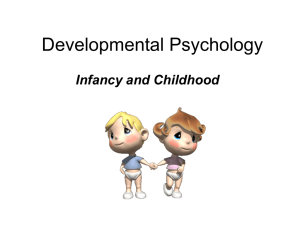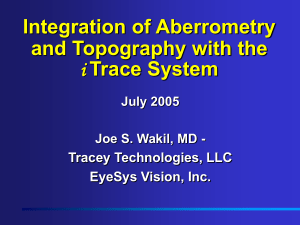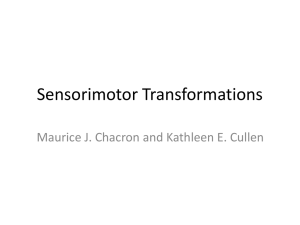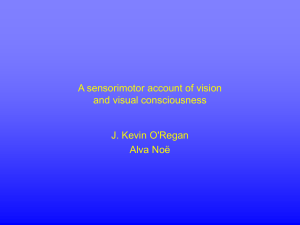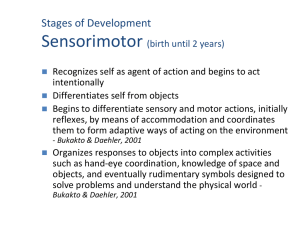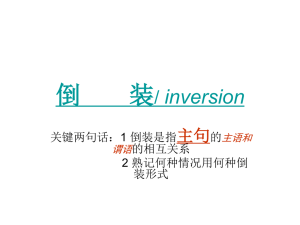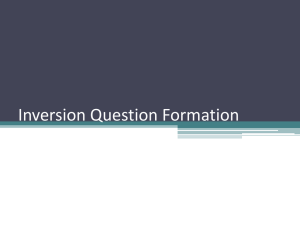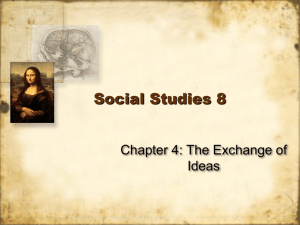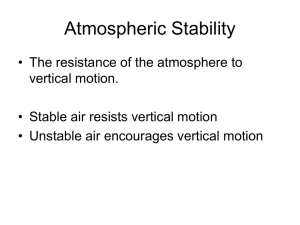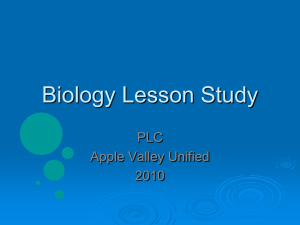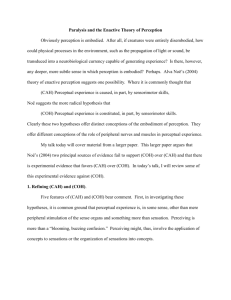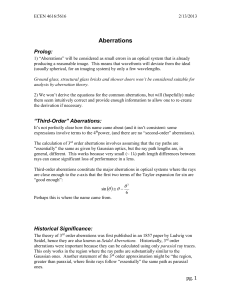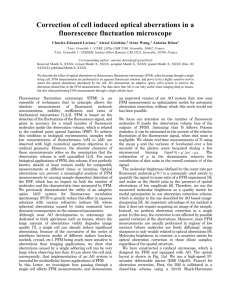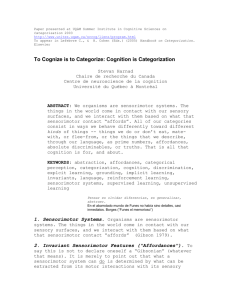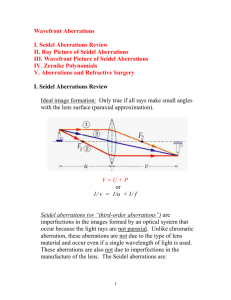WRDSLaB3_slides
advertisement
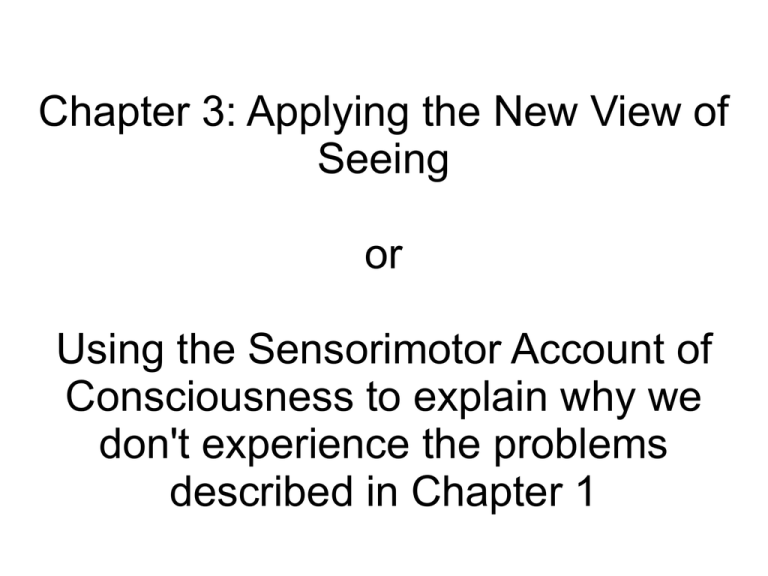
Chapter 3: Applying the New View of Seeing or Using the Sensorimotor Account of Consciousness to explain why we don't experience the problems described in Chapter 1 Quick Recap Chapter 2: A New View of Seeing Experience of Seeing Illusion of seeing the whole scene Not from the continuity of an internal representation Consists in accessible interrogation of the world Seeing distinct from remembering/imagining Richness, Bodiliness, (Partial) Insubordinateness, Grabbiness Retinal Image Inversion Vision Inversion Goggles Immediately after vision inversion Erismann and Kohler: Inversion goggles (55s) After perceived re-inversion Erismann and Kohler: Inversion goggles (30s) Dr. Theodor Erismann (1883-1961) His global internal conscious experience has re-inverted. He can now interact. J. Kevin O'Regan He has gained familiarity with the sensorimotor couplings for some interactions with some objects. He now feels he perceives them correctly. The myth of upright vision Experiment Subjects spent 6-10 days with inverted vision. They performed non-trivial orientation awareness tasks. Result No global re-inversion reported Some subjects reported they felt inverted in the world. Mirror text was always read faster. No change in retinotopic visual cortex reported from fMRI. Prediction of the Sensorimotor Theory There is no single coordinate reference. Inverted images can be understood amongst non-inverted images. Famous Faces Shout out the names of the following people as soon as you recognise them. Who is this? Who is this? Who is this? Who is this? Who is this? Who is this? Who is this? Answers 1.Pope Benedict XIII 2.George W. Bush 3.Barak Obama 4.Madonna 5.David Attenborough 6.Angelina Jolie 7.Mark Bishop Look again. Look again. Look again. Look again. Look again. Look again. Look again. Blind Spot & Retinal Scotoma The brain doesn't compensate for aberrations, we have learned to ignore them. We do not experience aberrations, but we can be made aware of them. Touch either side of your nose. Do you feel it vanish? The brain arrives at the interpretation that you are touching either side of your nose, which is detailed in your internal representations. It is the act of not touching certain parts that gives your face its characteristic feel Daniel C. Dennett But isn't vision different to touch? Not according to the sensorimotor approach. They're both exploratory activities. J. Kevin O'Regan Awareness of Aberrations To experience sensory aberrations you must actively attend to missing information that was previously accessible to interrogation. The existence of aberrations is fundamental for learning sensorimotor contingencies. Conclusion Sensorimotor account of consciousness can explain or at least accommodate observed phenomena. Functional limits of sense organs define the sensorimotor relationships. Aberrations don't present themselves as seeing is an active interrogation of the world. “Image processing” mechanisms exist, but not for refining representations.

